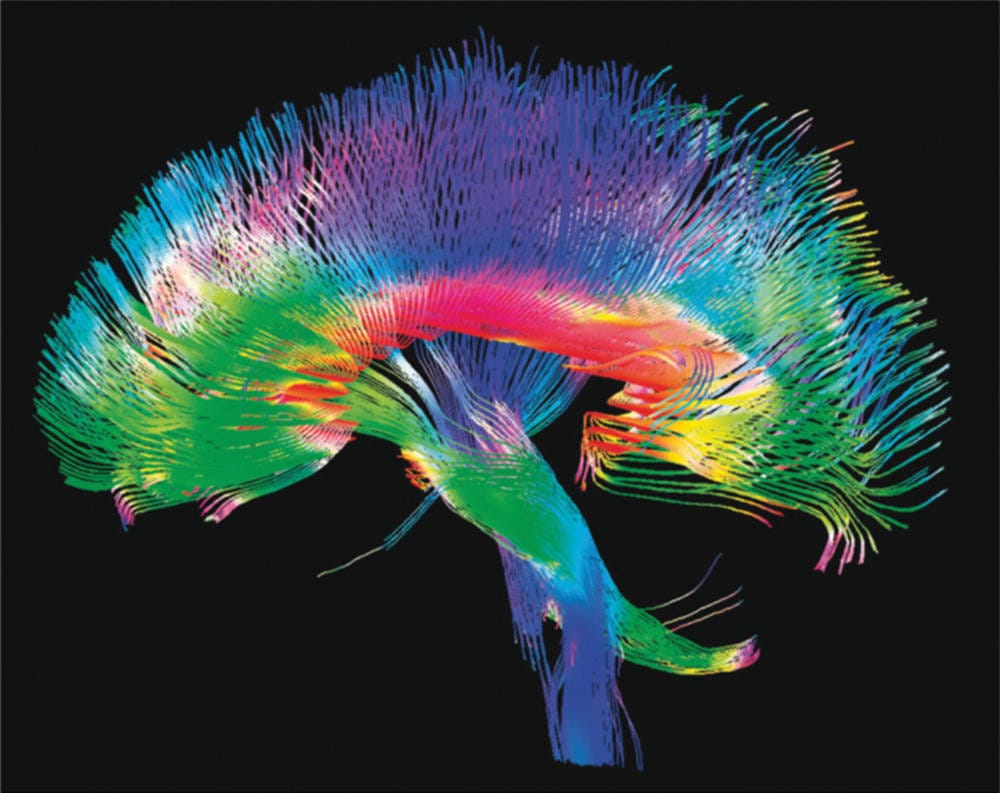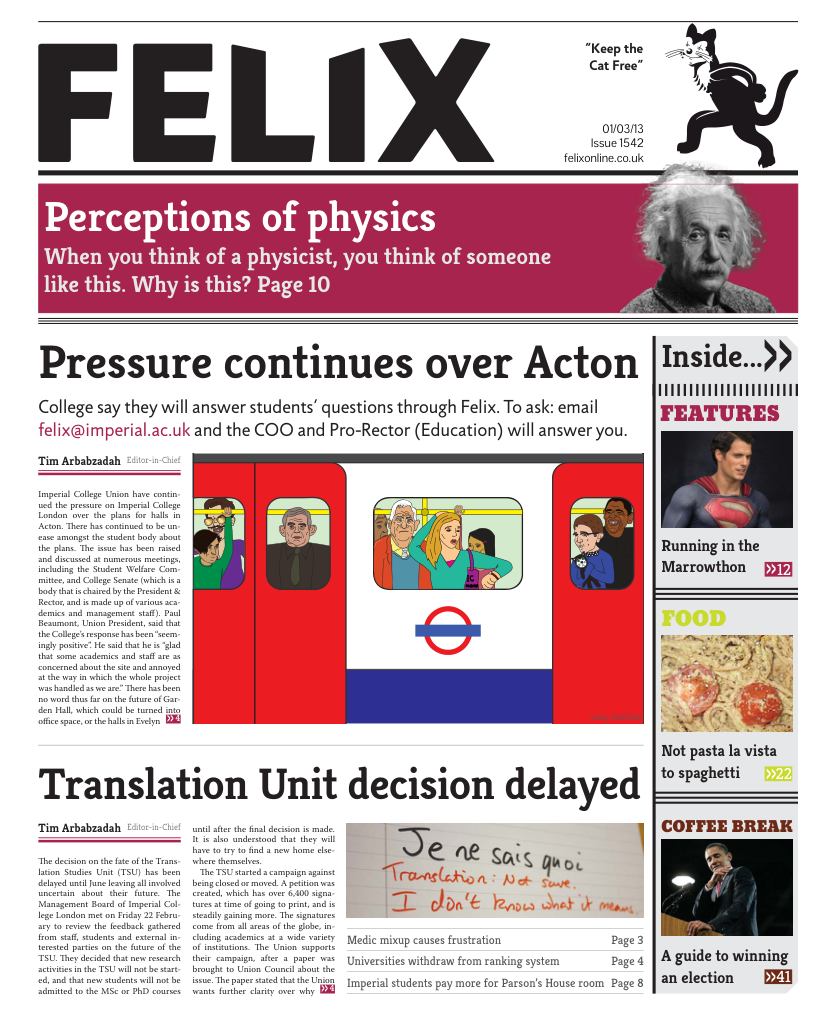Bow down to the brainiacs
Philippa Skett on the Human Connectome Project

Have you ever wanted to get into the head of someone? Maybe a potential employer, your examiners or even someone you have taken a fancy to? Do you often find yourself questioning just what is even going on in your own head? Neuroscientists are planning on possibly solving the mysteries of the brain mapping as a means to treat neurodegenerative disorders, as opposed to giving you an edge in that job interview in the city, but it is exciting nonetheless. However, where is the catch, or rather, the cost?
The Human Connectome Project is an effort currently underway to build a complete network map of the brain; that is, it will be looking at the anatomical and functional connections between parts of the brain to create a digital model at a scale never explored before. Upon its launch in 2009, the Project aims to shed new light on connectivity patterns in the brain to perhaps provide an insight into how to treat Alzheimer’s disease, Parkinson’s or even schizophrenia. In a population that is now facing an aging issue, such treatments are becoming increasingly essential for healthcare for the future, although how the Project will provide a direct platform to this is unclear.
The Project is being pursued by multiple components of the National Institutes of Health, with the aim to collate information together to form the complete model. These are split into two consortia: one is the WU-Minn consortium between Washington University and the University of Minnesota, who are studying the brain structure itself in accordance to genetic and behavioural data. The other is the MGH/Harvard-UCLA consortium between Harvard University, Massachusetts General Hospital and the University of California, where they are attempting to optimise MRI technology to give a greater spatial resolution when it comes to neurological imaging – not necessary to view individual neurons, but as close as they can get to that.
The Human Genome Project was heralded as something that will “change everything.” Indeed it did, but through subsequent research based on the incomplete three billion letter sequence
This is by no means a cost effective feat. The possibility of monetary support coming from billions of federal funds from the American government has been sparked by rumours that it may be included in Obama’s federal budget proposal, which is expected to be confirmed later this month. With the Human Genome Project costing around $3.8 billion dollars alone, this project, with significantly more costly investigative techniques such as MRI, could skyrocket in price and this may ultimately come from the pockets of the hardworking American.
However, despite this phenomenal cost, the excitement in the scientific community is tangible. The American Association for the Advancement of Science (AAAS) this month is one of the largest scientific non-profit societies globally, whose contributions to the scientific community includes the publication the established journal Science. The AAAS is highly influential in terms of endorsement for what may be the next big thing, and this month the AAAS showcased the emerging science of connectomics (studying connections) as one to watch, including this project.
But does the project deserve such hype? The Human Genome Project was heralded as something that will “change everything.” Indeed it did, but through subsequent research based on the incomplete three billion letter sequence, that is still ongoing. No doubt the Human Connectome Project will follow a similar path – should the project be completed, only then can research begin to truly find possible cures for neurodegenerative diseases.
Unlike the Human Genome Project however, how reliant future research in neuroscience is on this project’s completion is unclear; unless the MGH/Harvard-UCLA consortium can develop a greater resolution in MRI technology, the project will still be based on the imaging technologies already available in neuroscience, which can be seen as rather crude in nature as it is. Therefore, is there a better way to spend all of this money in combating these diseases in a more direct manner than that requiring the whole mapping of the brain? For now, it seems not.
Should it be successful, the Project will no doubt be hitting the front of newspapers soon and hopefully will be the neurological equivalent to the Human Genome Project in regards to function. It very much deserves to be so based on its potential cost, but it will still only merely be the beginning of a much awaited route to deeper neurological understanding; the hard work will not end here. It could take decades more before therapeutic treatments are found for neurodegenerative diseases, and centuries more before we can actually read the minds of teachers, bosses or classmates. For now, we may have to let science fiction have that prerogative, and keep our fingers crossed that the Human Connectome Project will be a success.










